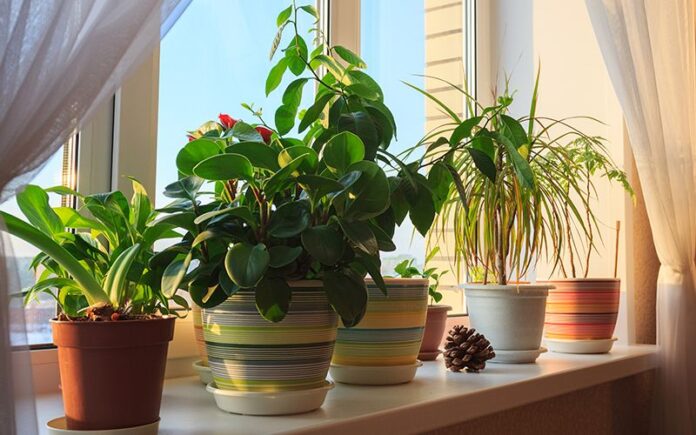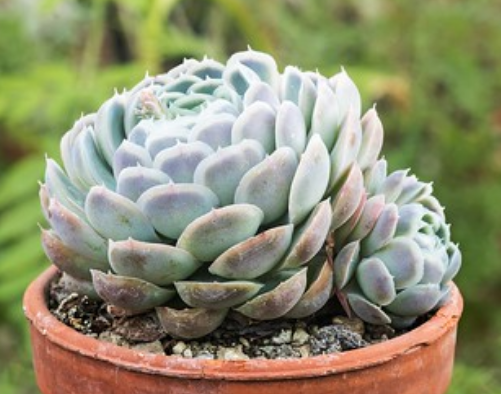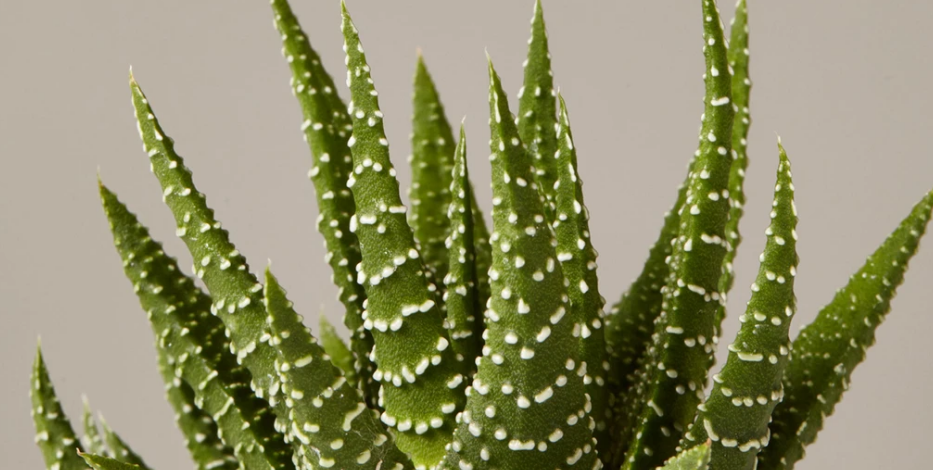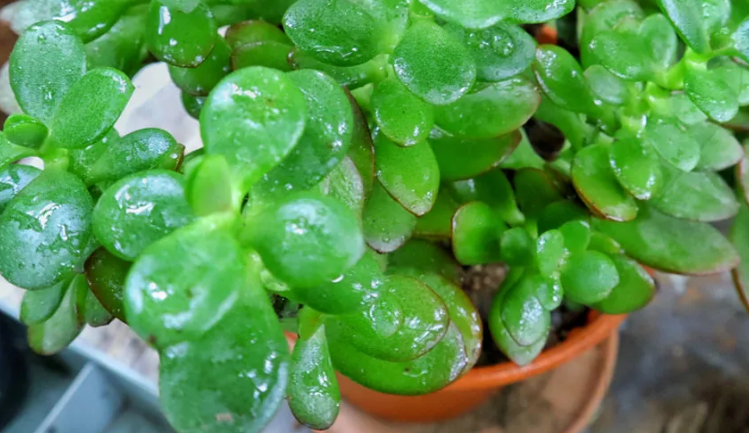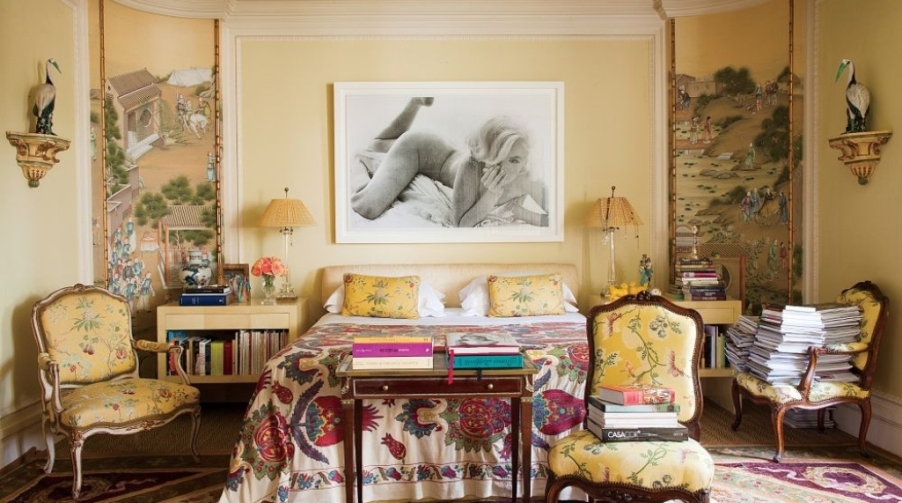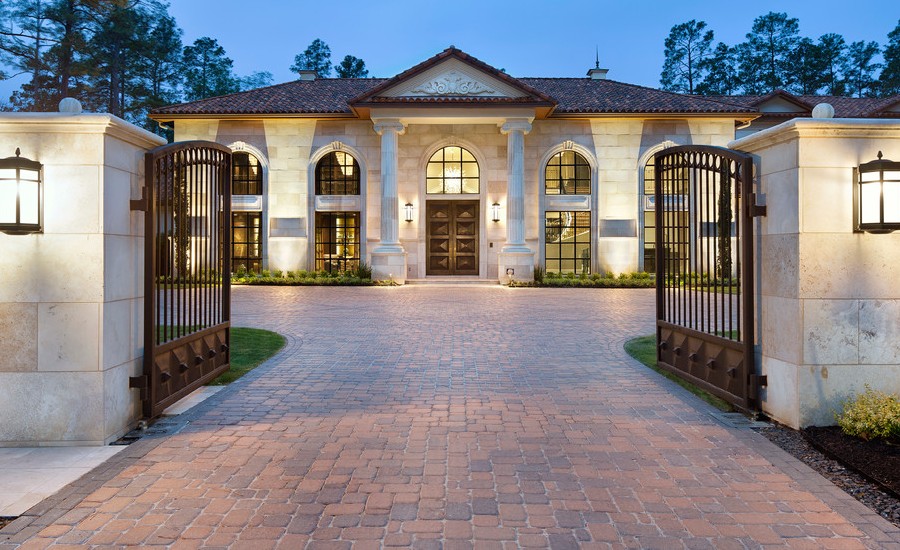Below you will receive some recommendations to take care of succulent plants, ideal plants for decoration, and air purification in our homes.
The succulent is a type of plant characterized by storing water in leaves, roots, and stems from coping with drought. They are usually found in arid areas, although some groups can be located in forests, mountains, and coasts.
Succulents inside the house.
Although most succulents like the sun, some varieties are adapted to places with little light. Select the ones that best suit indoor environments, such as:
Aloe vera.
It is also known as aloe, Barbados aloe, and Curacao aloe. It is very decorative and decadent in approximately 200 components: vitamins, polysaccharides vitamins, amino acids, and fatty acids.
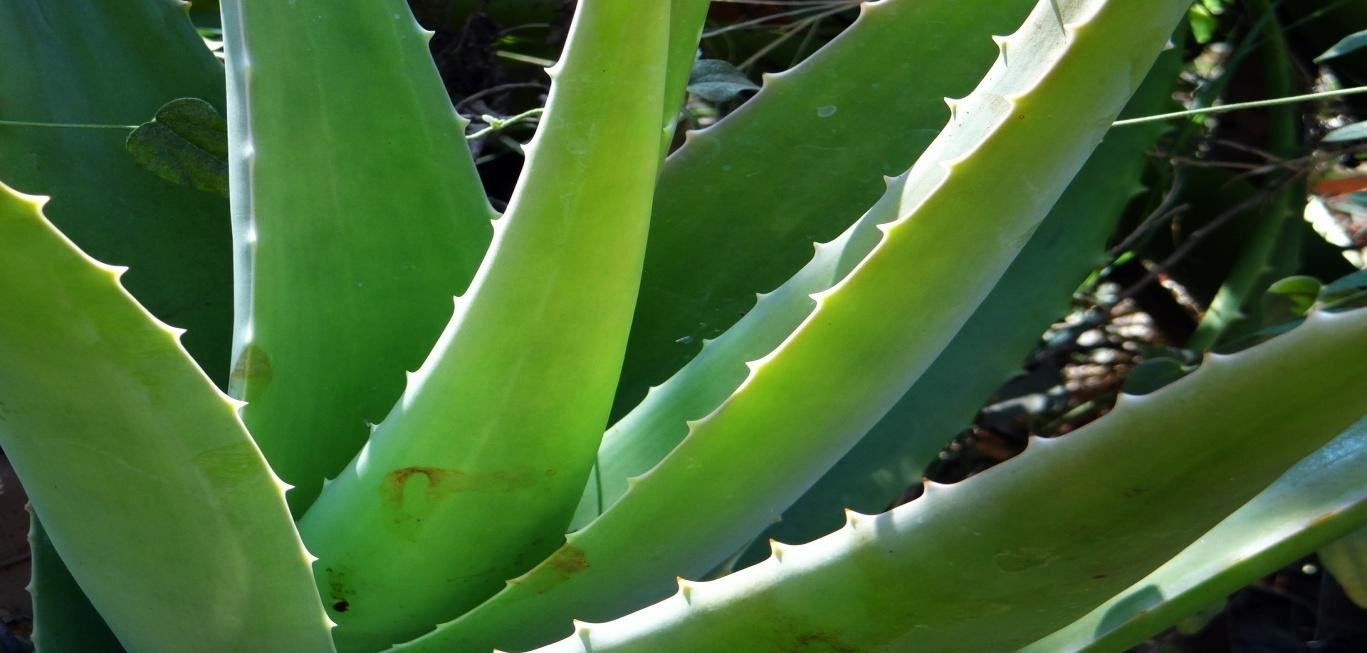
It is a very easy to use and maintain medicinal plant. You can have it at home without any difficulties. You can also quickly reproduce it so that all your family and friends can have one at home.
Aloe has fleshy, succulent, light green leaves arranged in rosettes.
Echeveria Elegans.
It is a coarse plant native to Mexico. It is also known as Rosa de Alabastro. It belongs to the Crassulaceae family. Its leaves have a symmetrical rosette shape, and its leaves are balanced, fleshy, and small.
Although it resists well inside the house, find a bright place for it. In pots, choose ceramic or terracotta pots. Likes loose and airy substrate.
Succulent zebra (Haworthia attenuata).
It is a dark green species with a characteristic white striped pattern, from which the colloquial name is derived. It is native to South Africa. One of the most widespread Haworthias species in houses.
It is an easy succulent to grow and reproduce. It does not like the cold; it is necessary to control the excess of irrigation. He likes mixing peat substrate with a little coarse sand.
Jade Tree (Crassula Ovata).
Some people call it a money tree. It is native to South Africa. It can reach up to a meter in height. Its leaves are jade green, and its flowers can be white or pink.
It is one of the easiest succulents to grow. It is produced in a pot despite its size.
Could you put it in a room with lots of light? Like the mixture of the universal substrate with perlite. It does not need a lot of watering. So you can reproduce it:
Succulent drainage.
Select a pot that allows good water drainage to prevent the roots from rotting. Check the pot for holes in the base.
If you want to sow in the garden, you must adapt it to its condition, similar to arid land. Thus, it is recommended to make a mixture of soil with perlite as it is lighter and retains little water.
Water and sun.
To know if the plant receives the necessary amount of sun, it is suggested to check the leaves. If you perceive burns, it gets a lot of sunlight. If the leaves are huge, light is lacking.
In relation to irrigation, excessive amounts can kill it. If you notice that the soil is very wet, stop watering until the soil is dry. If you see that there is water left in the dish under the pot, stop watering. It is essential to water them; you need to regulate the frequency. It’s a must-have practice for all types of succulents.

